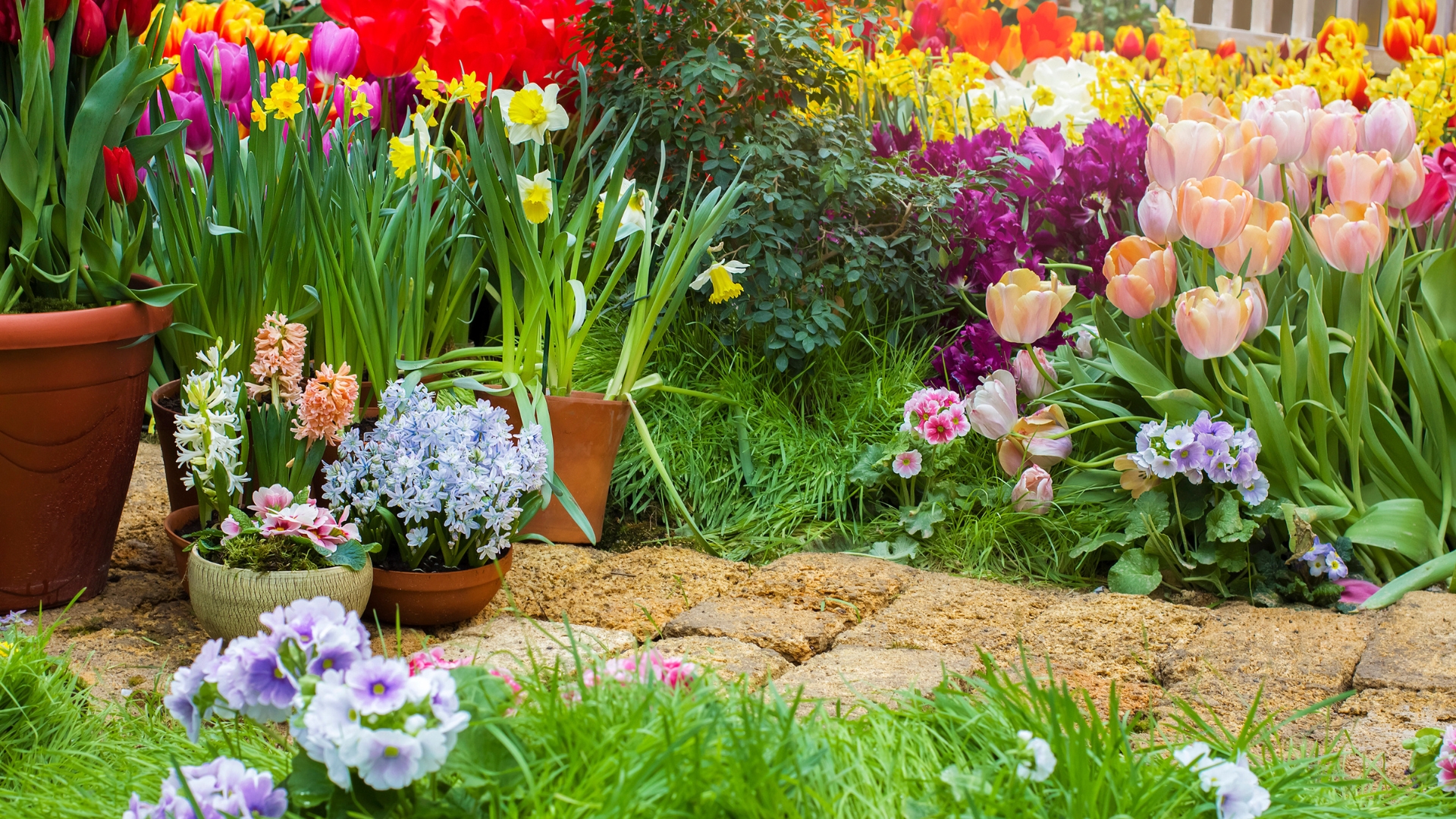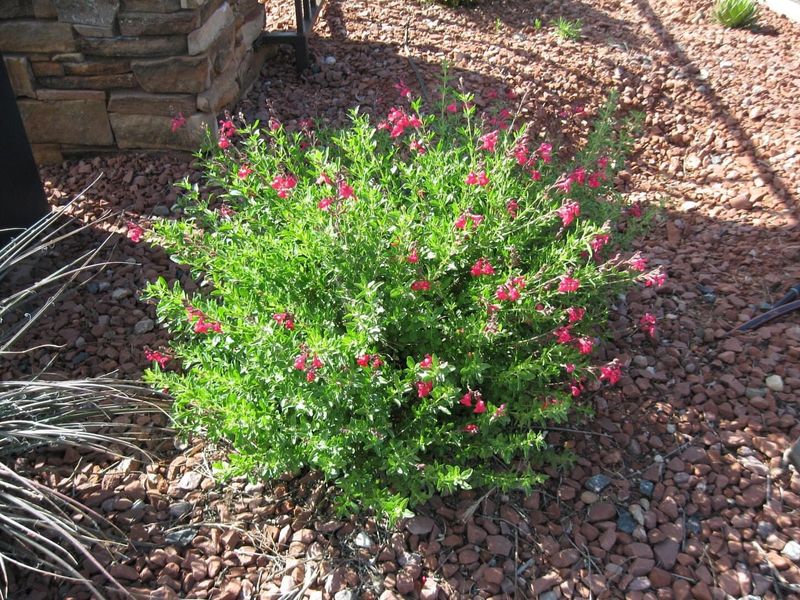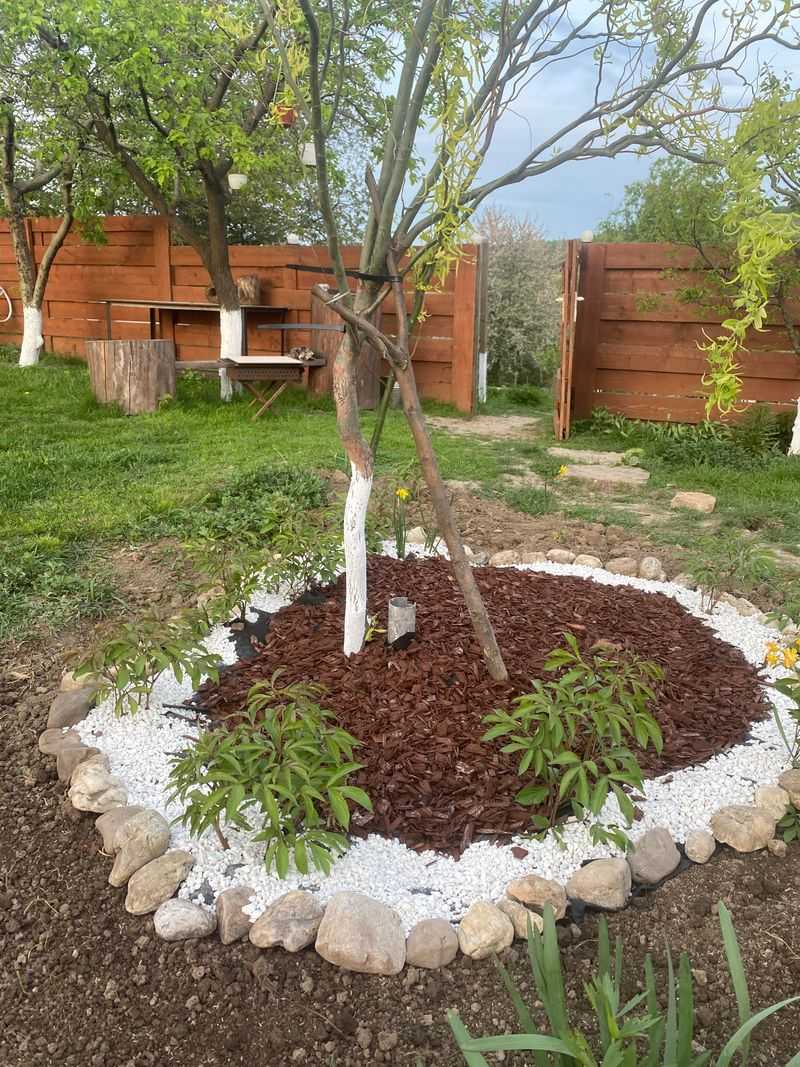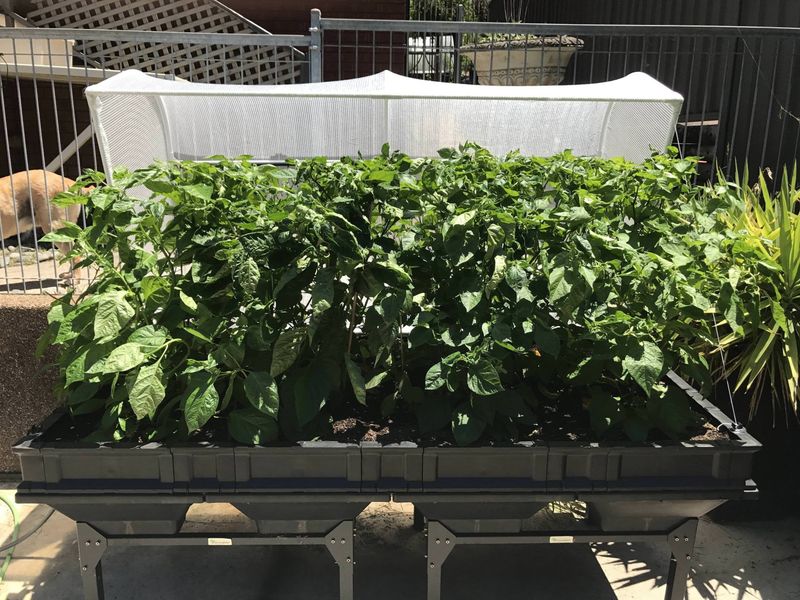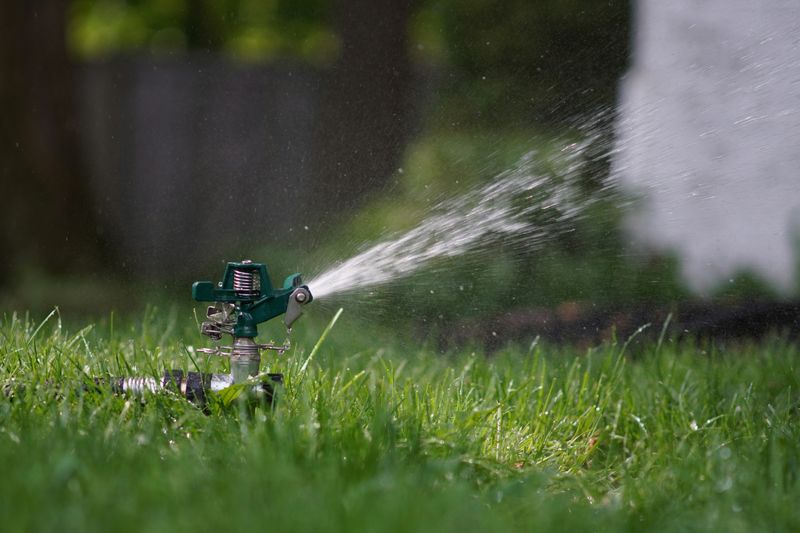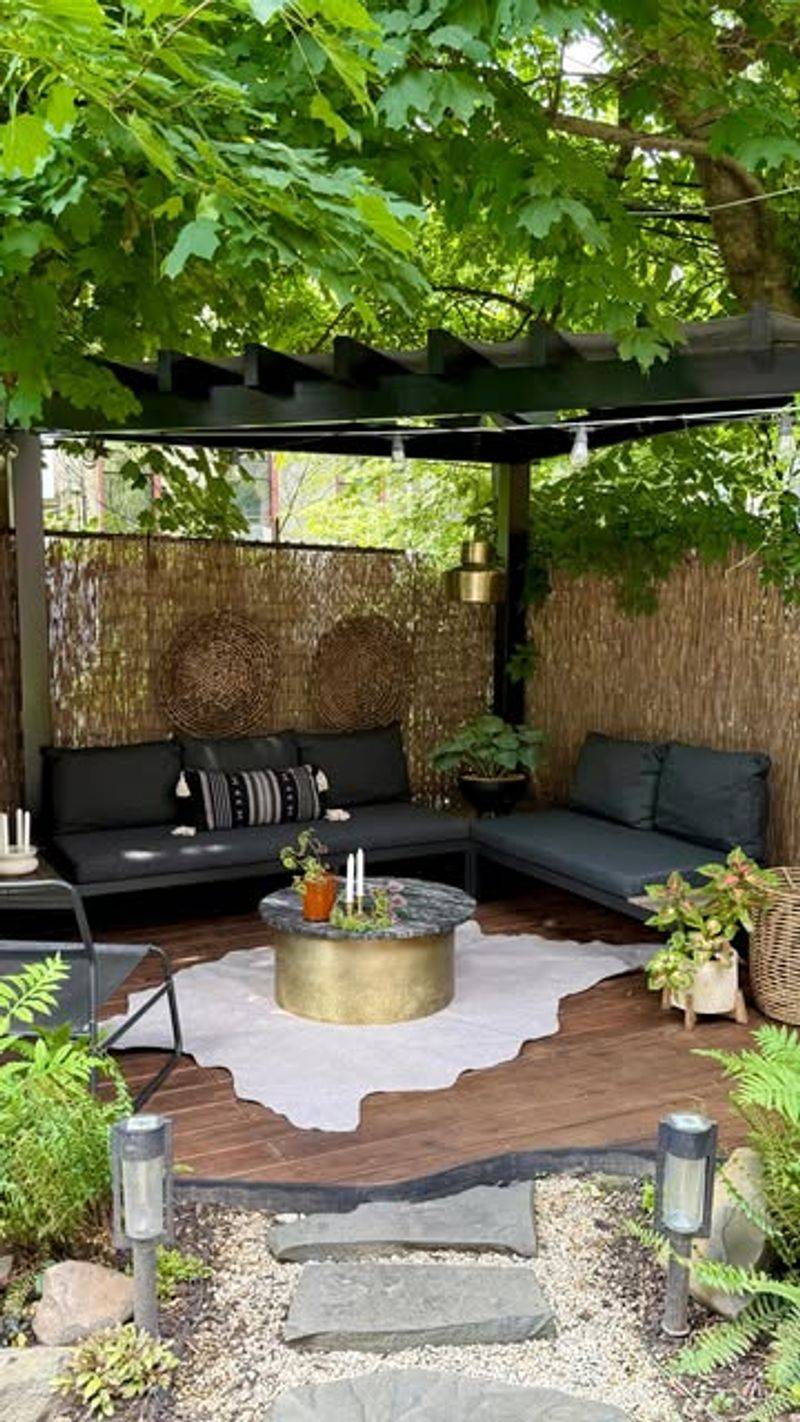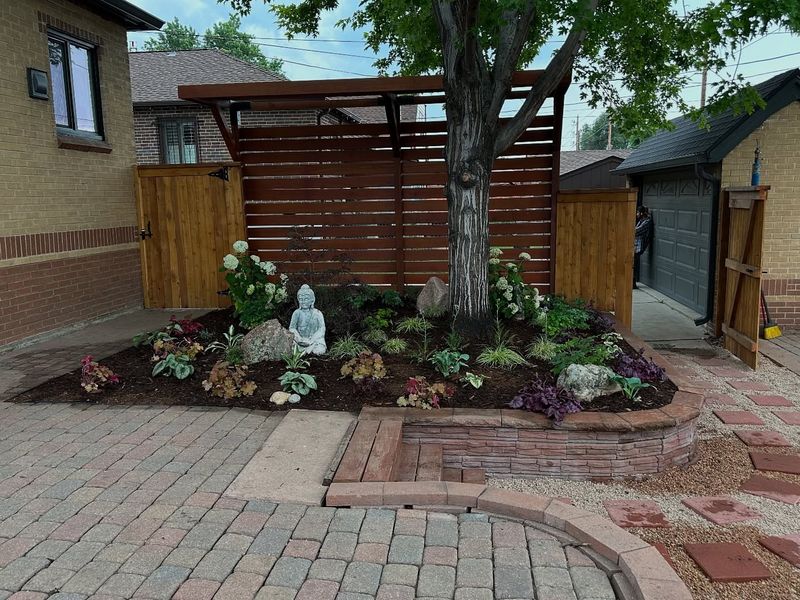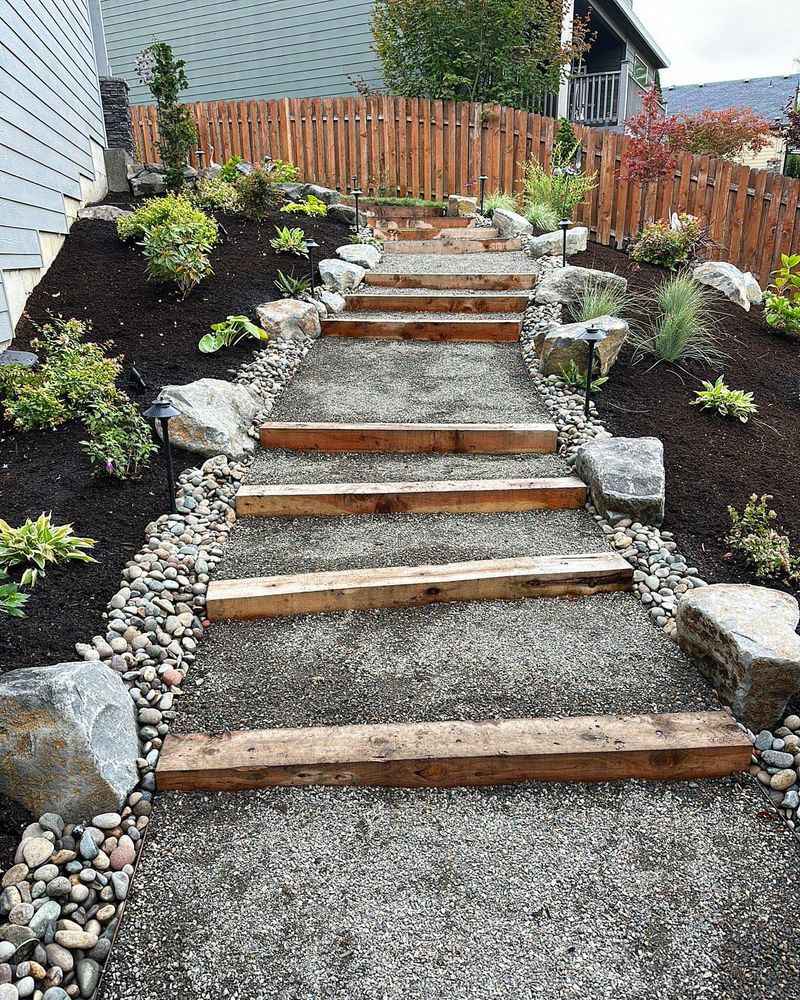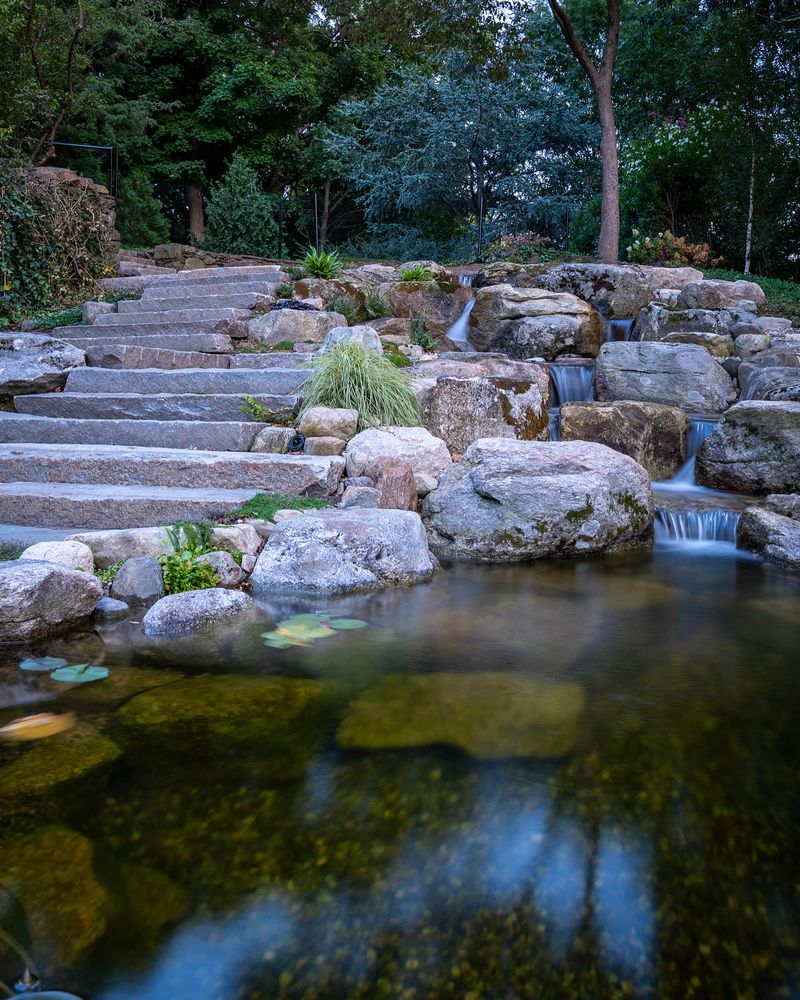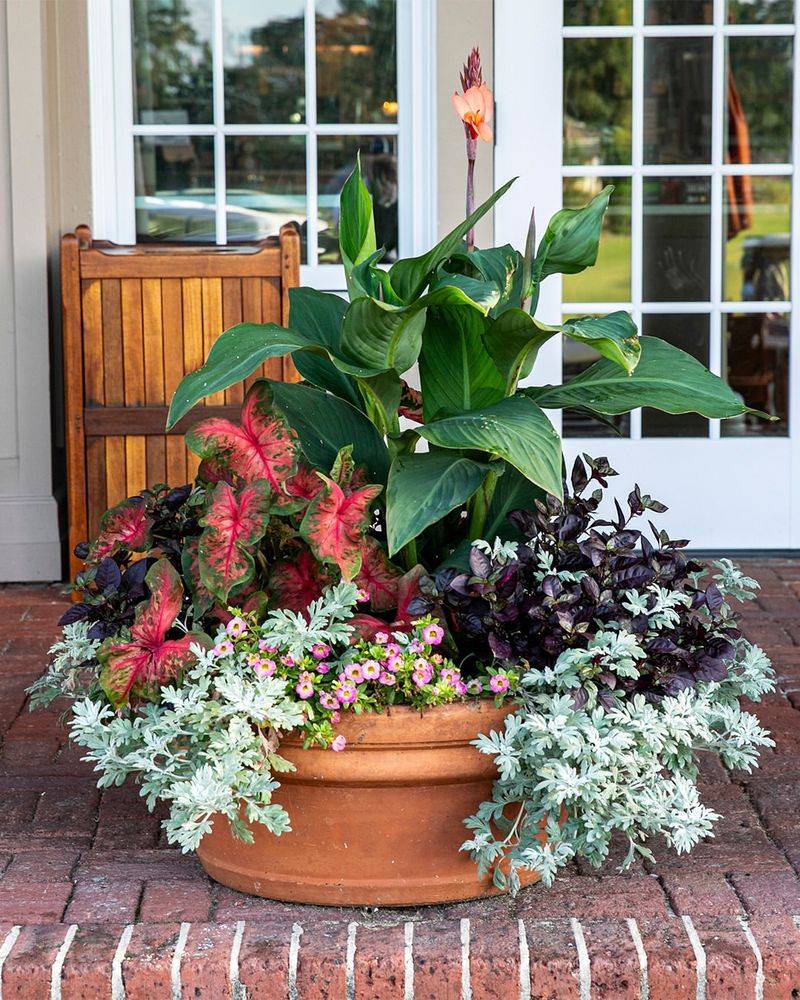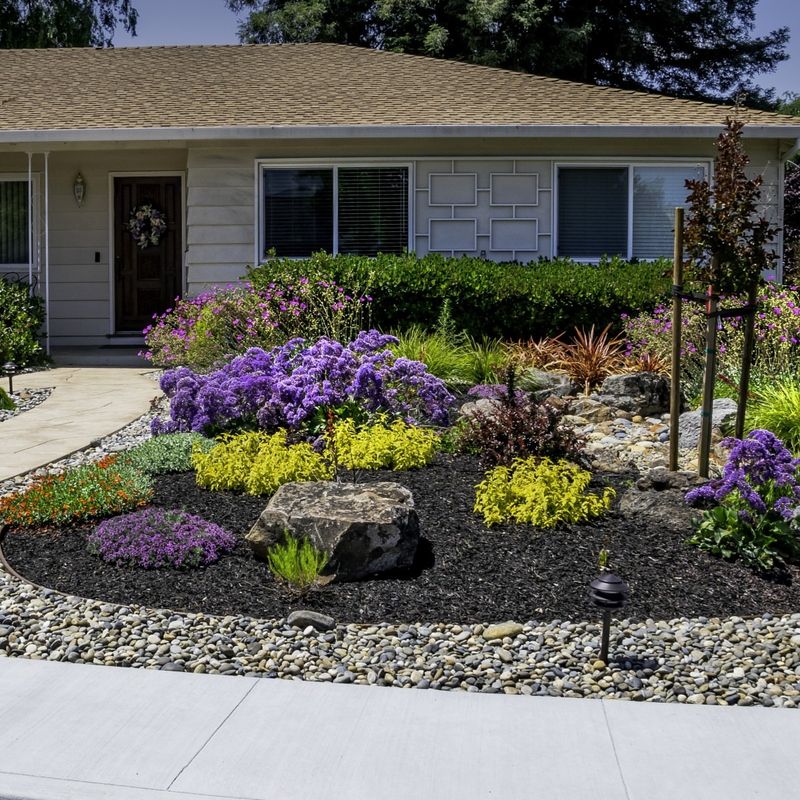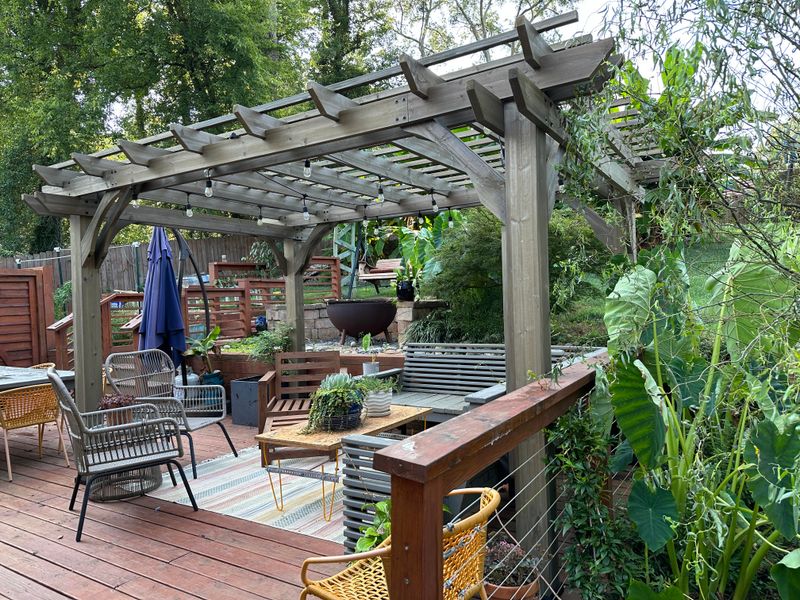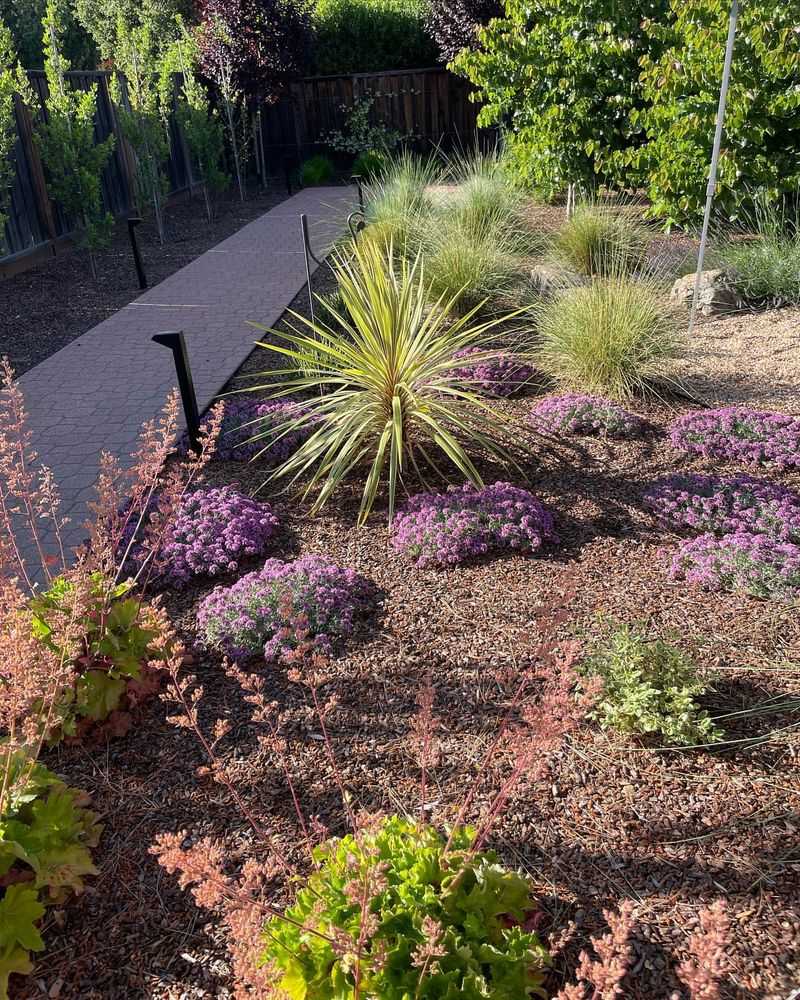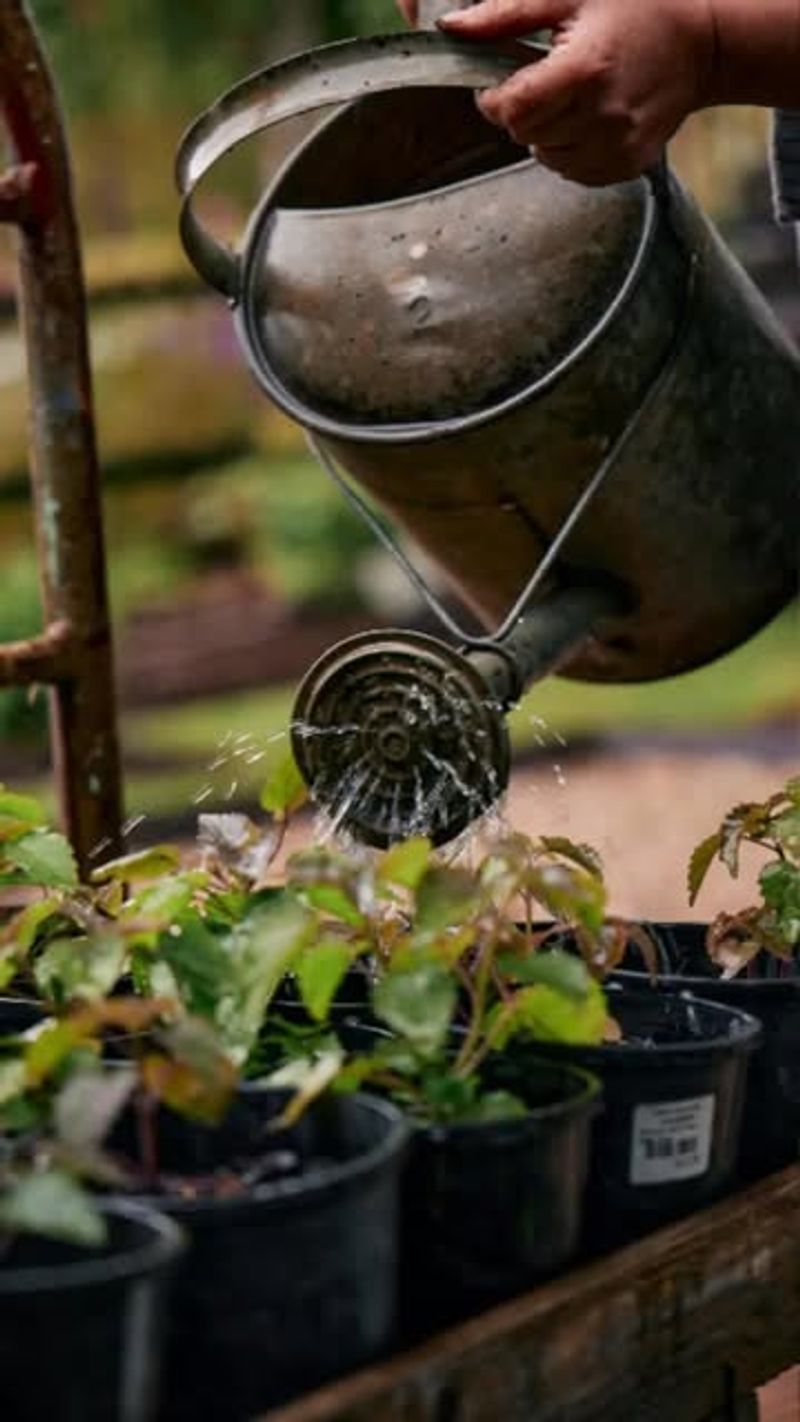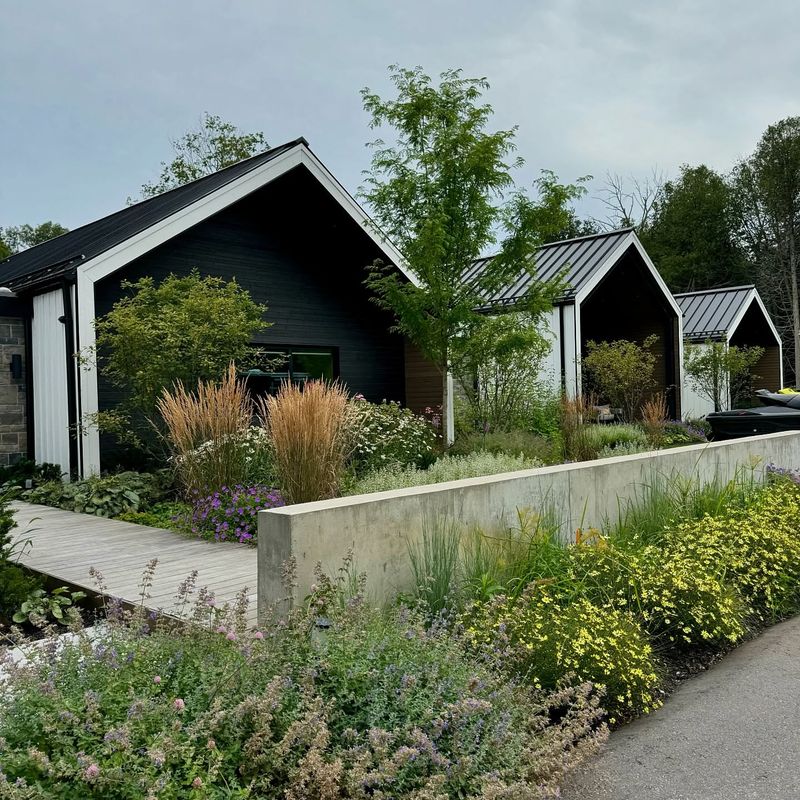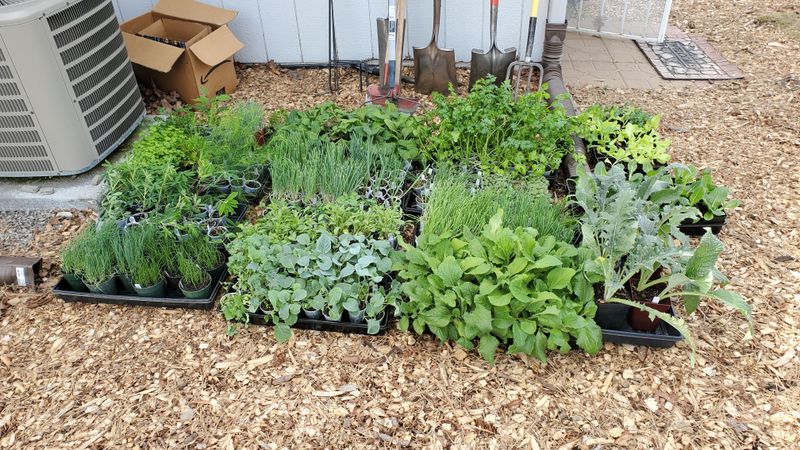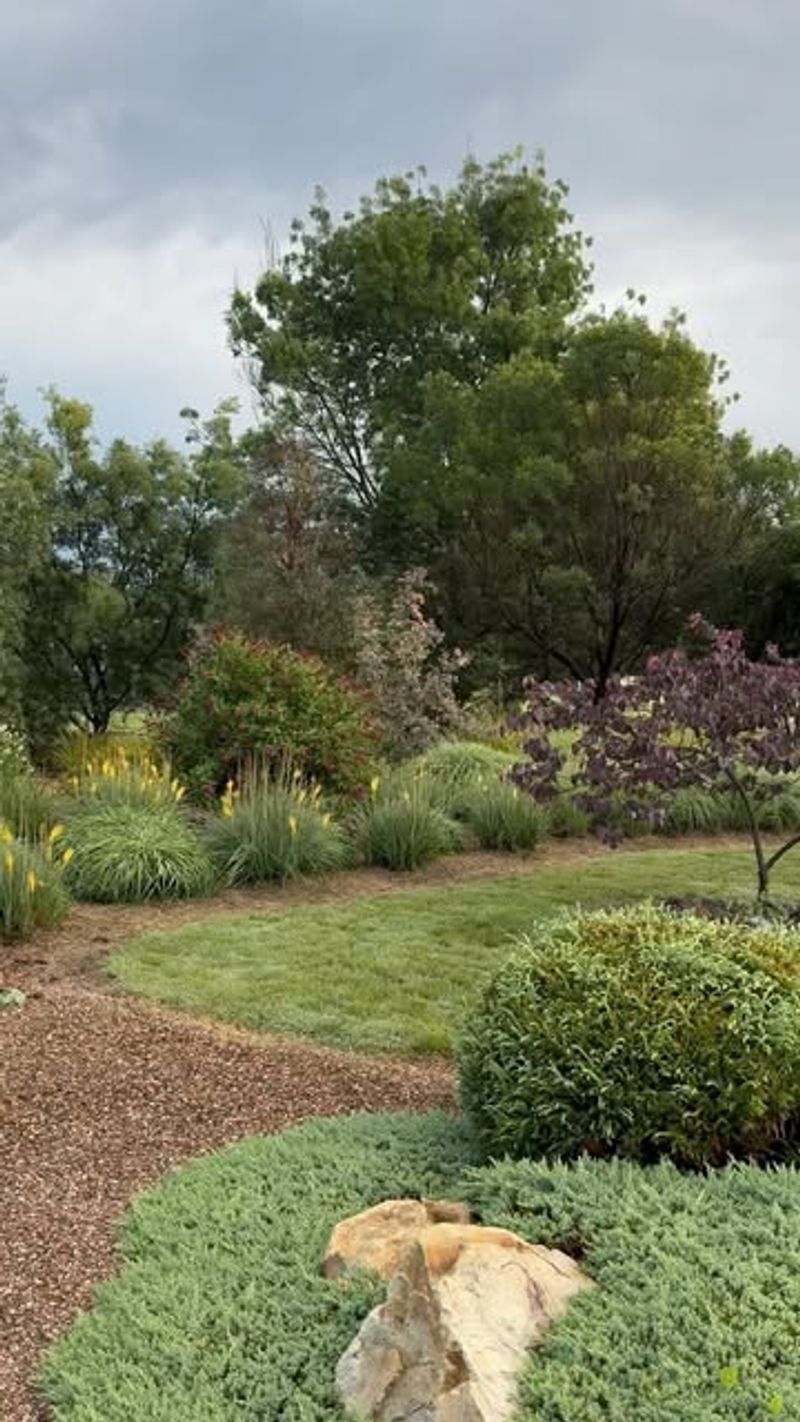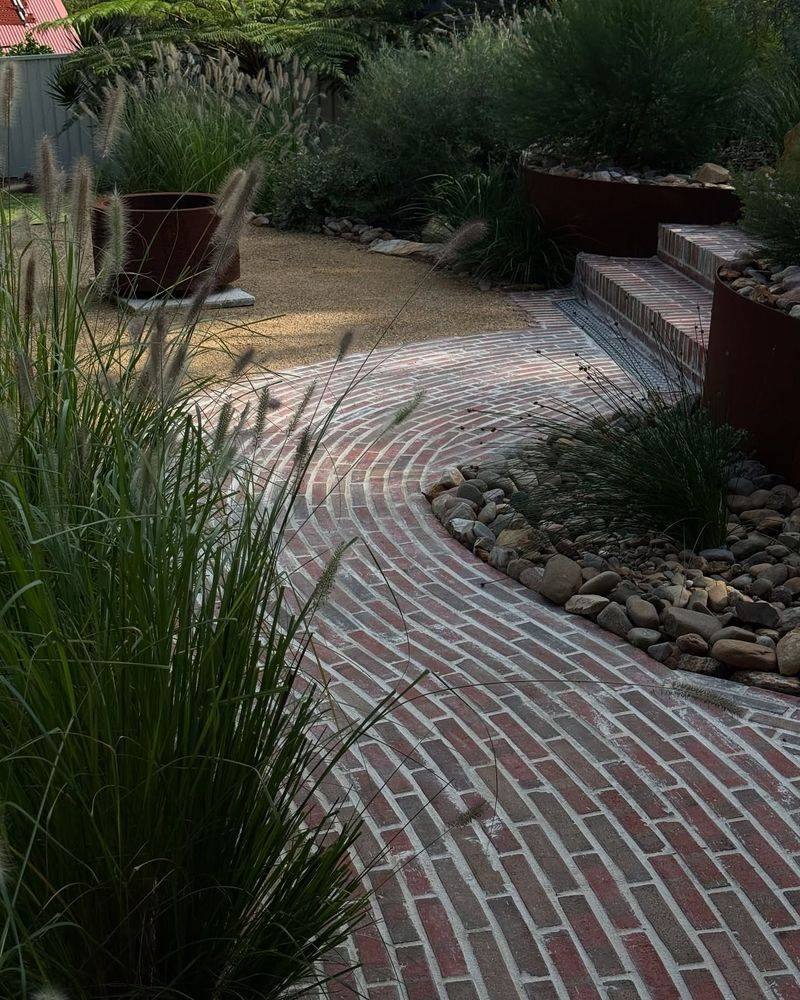Some garden mistakes don’t show up until it’s blazing hot and your plants are crying for help—I’ve been there. The layout that seemed fine in spring can suddenly feel like a sun trap with nowhere to hide.
I learned the hard way how much things like shade, airflow, and smart plant choices really matter. Luckily, most of these issues are fixable without a full redesign.
If your garden starts struggling when the heat cranks up, this list will help you get ahead of it.
1. Planting Sun-Sensitive Varieties in Full Exposure
Those delicate hostas and impatiens that looked gorgeous in May are now crispy and sad. Heat-sensitive plants need protection when temperatures soar, especially during afternoon hours.
Fix this by transplanting vulnerable varieties to shadier spots or installing shade cloth above them. Alternatively, replace them with heat-loving plants like lantana or salvia that actually thrive when temperatures climb.
2. Insufficient Mulching Layers
Bare soil around plants becomes a heat conductor in summer, baking roots and causing moisture to evaporate rapidly. Without proper mulch, you’ll be fighting a losing battle with your watering can.
Apply a 2-3 inch layer of organic mulch around plants, keeping it slightly away from stems. Wood chips, straw, or shredded leaves will insulate soil, retain moisture, and gradually feed your plants as they break down.
3. Overcrowded Plant Spacing
Those tightly packed plants that created a lush spring display now compete fiercely for water and nutrients. Overcrowding restricts air circulation, creating humid pockets that breed fungal diseases in summer heat.
Thin out overcrowded areas by removing or transplanting some plants. Follow spacing guidelines on plant tags – they account for mature size. Your remaining plants will thank you with better growth and fewer disease issues.
4. Poor Irrigation Planning
Random sprinkler placement often leads to water waste through evaporation and runoff. Some areas get soaked while others remain bone dry, especially when summer heat intensifies water needs.
Install drip irrigation or soaker hoses that deliver water directly to plant roots. Group plants with similar water needs together in hydrozones. Water deeply but less frequently to encourage deeper root growth that can better withstand heat.
5. Neglecting Afternoon Shade Areas
Gardens without afternoon shade become unbearably hot during summer, making outdoor enjoyment impossible. Plants struggle during the most intense heat hours, and patio spaces sit unused when temperatures peak.
Create shade with strategically placed trees, pergolas, shade sails, or tall grasses. Even temporary solutions like umbrellas can transform hot zones into usable spaces. Remember that west-facing areas need the most protection from harsh afternoon sun.
6. Ignoring Wind Patterns
Summer breezes can be cooling blessings or drying curses. Gardens designed without understanding wind patterns often miss opportunities for natural cooling or suffer from excessive moisture loss.
Observe how air moves through your garden. Use trellises and strategically placed plants to channel cooling breezes toward seating areas. Install windbreaks to protect delicate plants from drying winds and reduce evaporation in particularly windy spots.
7. Choosing Heat-Magnifying Materials
Dark stone patios, metal furniture, and black mulch absorb and radiate heat intensely. These materials can create unbearable hot spots and literally cook nearby plants during summer heat waves.
Replace heat-absorbing materials with lighter-colored alternatives. Opt for light-colored pavers, wooden furniture, and natural organic mulches. Consider permeable paving that allows water to penetrate rather than creating hot, dry surfaces.
8. Forgetting Water Features
Gardens lacking water elements miss out on natural cooling effects. Even small water features can significantly reduce ambient temperatures through evaporative cooling while adding soothing sounds.
Add a simple fountain, small pond, or even a recirculating water wall. Place these features where prevailing breezes will carry their cooling effect toward seating areas. The temperature difference can make your garden usable even on hot afternoons.
9. Exposed Soil in Container Gardens
Container plants suffer quickly in summer heat as pots heat up and moisture evaporates rapidly. Exposed soil surfaces accelerate water loss, leaving plants stressed between waterings.
Top container soil with mulch just as you would in-ground beds. Consider double-potting by placing your plant pot inside a slightly larger decorative container, creating an insulating air gap. Light-colored pots reflect heat better than dark ones.
10. Lawn-Centric Designs
Large lawns become water-guzzling maintenance nightmares during summer heat. Traditional turf requires constant irrigation to stay green when temperatures soar, often violating water restrictions.
Replace portions of lawn with drought-tolerant ground covers, native plant gardens, or hardscaping. Consider climate-appropriate alternatives like buffalo grass or micro clover that require less water. The reduced maintenance will free up your summer for actual garden enjoyment.
11. Neglecting Vertical Spaces
Flat, horizontal gardens absorb maximum heat while missing opportunities for shade creation. Vertical elements can provide cooling shadows and create comfortable microclimates during hot months.
Install trellises, arbors, or pergolas planted with vines for natural air conditioning. Vertical gardens on walls reduce heat reflection while maximizing growing space. These structures create intimate garden rooms that stay surprisingly cool even on scorching days.
12. Poor Plant Selection for Climate
Plants chosen without considering your specific climate zone struggle when seasonal extremes hit. That gorgeous but heat-sensitive hydrangea might thrive in spring but collapse when summer temperatures soar.
Research heat tolerance ratings before purchasing plants. Select native species adapted to your local conditions or well-adapted non-natives from similar climates. Group plants with similar heat and water needs together for easier maintenance.
13. Shallow Watering Habits
Quick, light watering encourages shallow root systems that can’t access deeper soil moisture. When summer heat arrives, these plants have no resilience against drought conditions.
Train plants to develop deep roots by watering less frequently but more deeply. Apply water slowly to allow penetration instead of runoff. Morning watering gives plants time to absorb moisture before afternoon evaporation peaks.
14. Forgetting Seasonal Transitions
Gardens designed to peak in spring often look tired and sparse by midsummer. Without planning for seasonal transitions, you’re left with flowering gaps and visual emptiness during the hottest months.
Plant in layers with staggered bloom times to maintain visual interest throughout the seasons. Include summer-flowering perennials like echinacea and rudbeckia alongside spring bloomers. Add structure with ornamental grasses that reach their peak in late summer.
15. Ignoring Reflective Heat Sources
Walls, fences, and structures reflect and amplify heat onto nearby plants. These heat traps often go unnoticed until summer reveals scorched leaves and stressed plants along south and west-facing boundaries.
Create buffer zones between plants and reflective surfaces. Use heat-tolerant species in these challenging spots. Consider painting walls light colors or installing green screens of vines to absorb rather than reflect the intense summer radiation.
16. Overlooking Wildlife Needs
Gardens lacking water sources become wildlife deserts during summer heat. Birds and beneficial insects struggle to find drinking water when natural sources dry up, reducing their valuable presence in your garden ecosystem.
Install bird baths, shallow water dishes, or small puddling areas for pollinators. Place these in dappled shade to reduce evaporation and algae growth. Clean and refill regularly to prevent mosquito breeding while supporting your garden’s natural pest control team.
17. Inadequate Pathway Planning
Pathways made from heat-absorbing materials or placed in full sun become unbearably hot, effectively creating no-go zones in summer. Hot paths radiate heat to surrounding plants and make garden maintenance uncomfortable.
Create shaded pathway routes using overhead pergolas or flanking tall plants. Choose permeable materials like gravel or stepping stones set in groundcover that allow water penetration and reduce heat buildup. Your summer garden chores will become much more pleasant.

